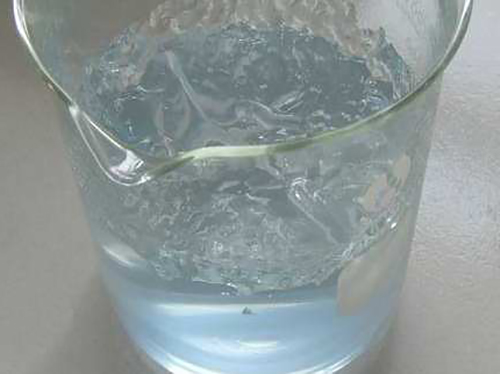chemical coagulation and flocculation water treatment
Chemical Coagulation and Flocculation in Water Treatment
Water treatment is a crucial process to ensure safe and clean drinking water for populations around the world. Among the various methods employed, chemical coagulation and flocculation stand out due to their efficiency in removing suspended solids, turbidity, and various contaminants from water sources. This dual process relies on the principles of chemistry to enhance the clarity and quality of water, making it suitable for consumption and other uses.
Coagulation is the first step in this water treatment process. It involves the addition of chemical coagulants, such as aluminum sulfate (alum) or iron salts, to water. These chemicals serve to destabilize the colloidal particles that are suspended in water. Under normal circumstances, these particles, which may include dirt, silt, and organic matter, carry a negative charge, causing them to repel one another. However, when a coagulant is introduced, it neutralizes the charges, allowing the particles to come together and form larger aggregates called microflocs.
Once the coagulation phase is complete, the next step is flocculation. This involves gentle mixing to encourage the microflocs to collide and bond together, forming larger flocs. Flocculation can be enhanced by the addition of polymers or flocculating agents, which help to bind the particles together more effectively. The key here is to maintain a delicate balance; excessive agitation can break the flocs apart, while insufficient mixing may yield inadequate aggregation.
chemical coagulation and flocculation water treatment

After the flocculation process, the water typically undergoes sedimentation or filtration. In sedimentation, the larger flocs settle to the bottom of the treatment tank due to gravity, thereby removing the majority of suspended solids from the water. In some cases, a combination of both sedimentation and filtration may be used, depending on the specific quality of the source water and the desired quality of the treated water.
The effectiveness of chemical coagulation and flocculation can be influenced by various factors, including pH levels, temperature, and the concentration of contaminants. Operators of water treatment plants must monitor these parameters closely to optimize the process. For instance, the optimal pH for coagulation generally falls between 6.5 and 8.5, as outside this range, the efficacy of coagulants decreases significantly.
Moreover, the environmental impact of using chemical coagulants is another consideration. While they are effective in improving water quality, the residual chemicals must be managed properly to avoid harm to ecosystems. Consequently, advancements in this field are ongoing, with researchers exploring more sustainable and eco-friendly alternatives to traditional coagulants.
In conclusion, chemical coagulation and flocculation are integral components of modern water treatment processes. By effectively removing impurities and enhancing water quality, these methods play a vital role in safeguarding public health and ensuring access to clean water. Continual research and development in this field are essential to improve efficiencies, reduce environmental impacts, and adapt to the increasingly complex challenges posed by water contamination.
-
Scale and Corrosion Inhibitors: Key to Industrial Water TreatmentNewsMay.22,2025
-
Organic Phosphate: Structure, Properties, and ApplicationsNewsMay.22,2025
-
Isothiazolinones: a versatile and versatile biocide with a wide range of applicationsNewsMay.22,2025
-
Industrial Flocculant: The Key to Optimizing Industrial ProcessesNewsMay.22,2025
-
Hydrolyzed Polymaleic Anhydride: Structure, Properties, and ApplicationsNewsMay.22,2025
-
Application of Flocculant in Water TreatmentNewsMay.22,2025





